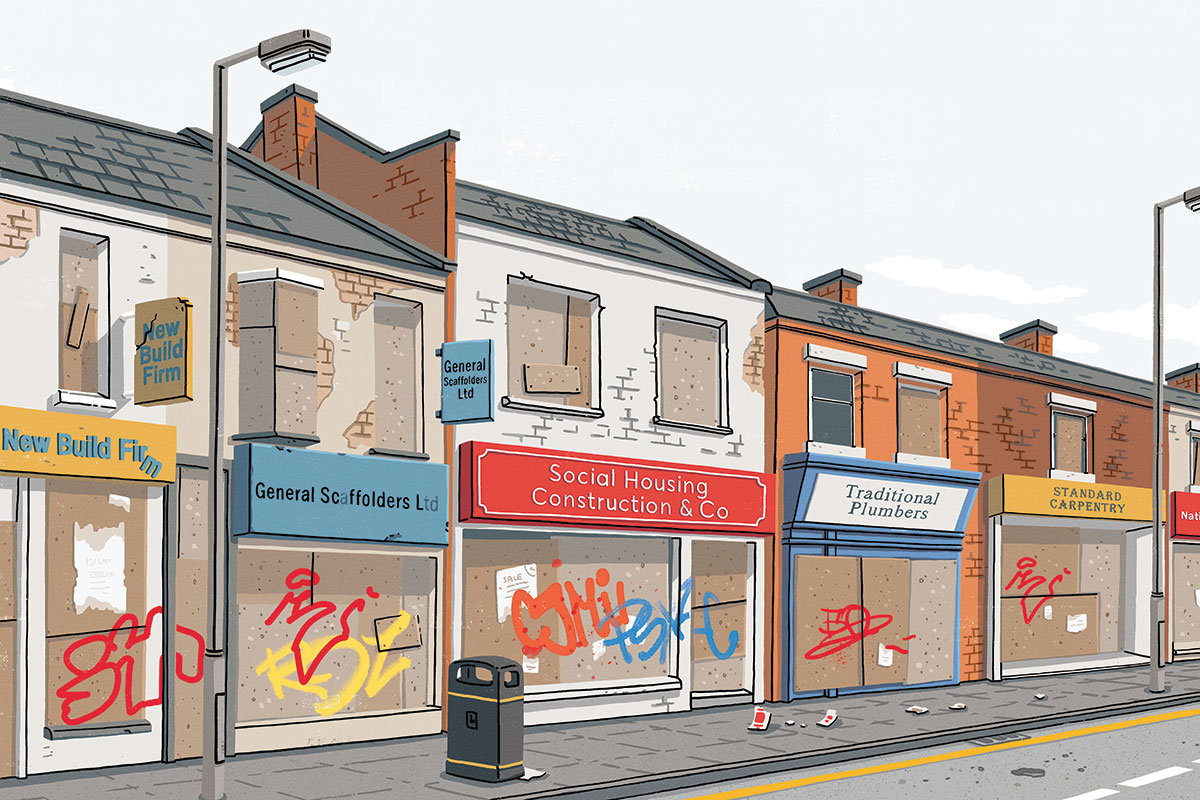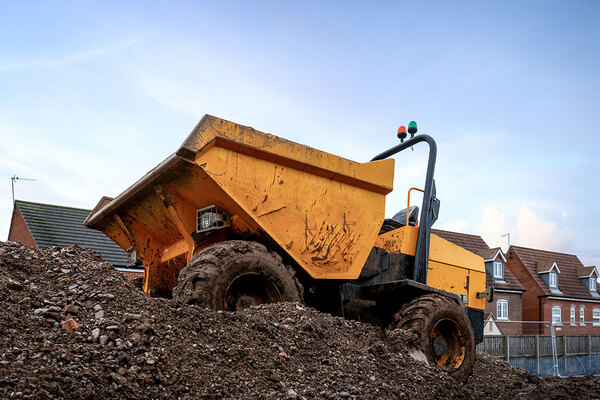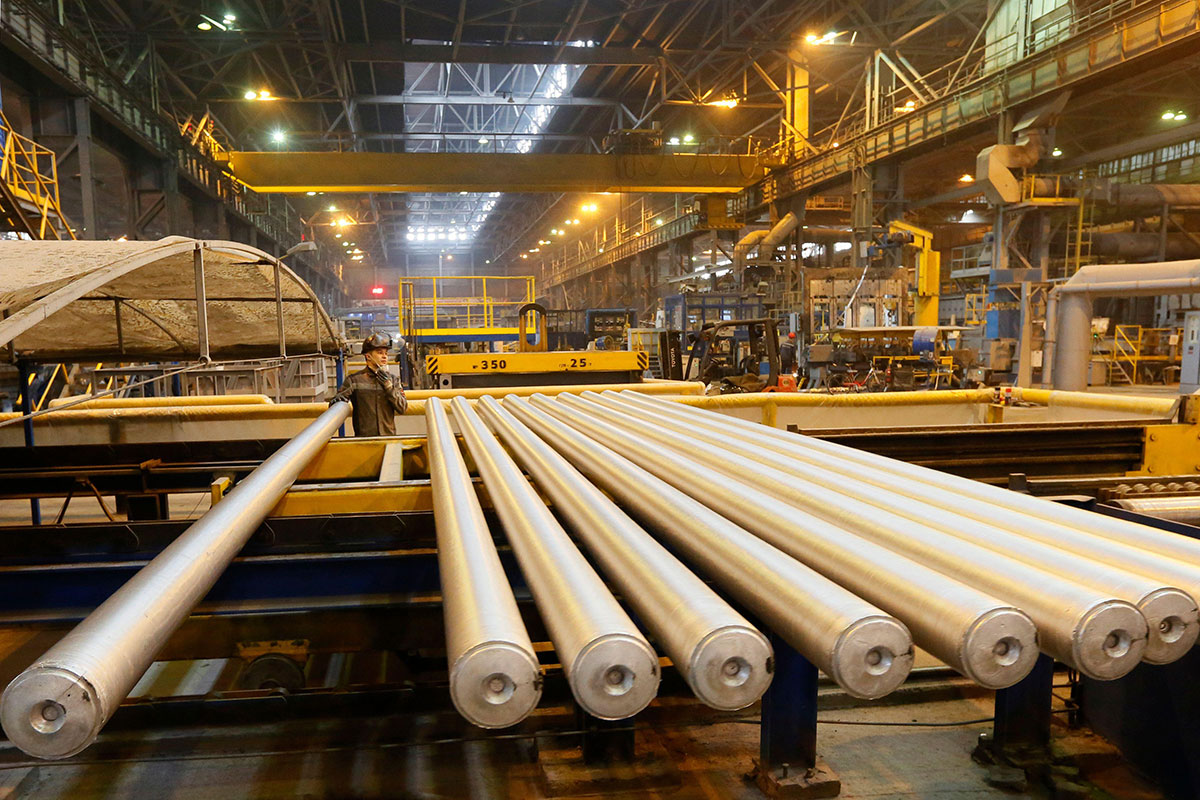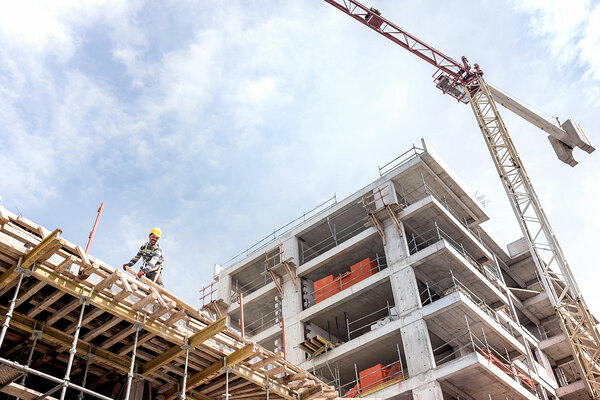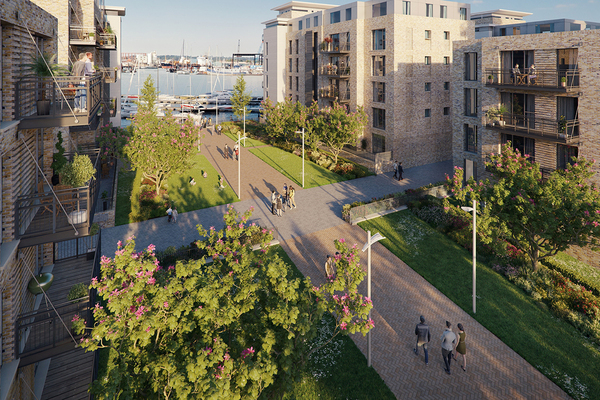You are viewing 1 of your 1 free articles
Going bust: how contractor insolvencies are affecting development and repairs
Construction is a volatile business, but rising prices are pushing the number of contractor insolvencies right up. Gavriel Hollander reports on what is happening, how social landlords are affected, and what they can do to protect developments and repairs. Illustration by Eva Bee
History was once famously described as “just one damned thing after another”. Anyone who has been tasked with procuring contractors in the social housing sector over the past couple of years might be repeating that phrase under their breath at the moment.
The pandemic halted or delayed work on all sites, with repairs almost grinding to a standstill overnight as a result of limited access to properties. Then, as restrictions began to ease in 2021, a global materials shortage drove prices up to unprecedented levels. Now, contractors are going out of business at a rate housing associations have not experienced in a generation.
“It’s becoming a daily recurring thing rather than once in a blue moon”
“We are seeing increased numbers of insolvencies and it is beginning to seriously impact our customers,” says Neil Butters, head of procurement at the Procurement for Housing (PfH) consortium. “It’s becoming a daily recurring thing rather than once in a blue moon.”
With their notoriously thin profit margins and highly volatile demand cycles, construction companies have always been among those most vulnerable to insolvency. But government figures show more and more of them are currently coming a cropper.
In the final quarter of 2021, a total of 866 construction firms became insolvent in England and Wales. That compares with 717 in Q3, 597 in Q2 and 403 in Q1. In the equivalent three months in 2020, 426 firms went under. Even if that is an unfair comparison because of the ongoing COVID-19 restrictions in place at the time, in Q4 of 2019, 779 firms went out of business, meaning the last quarter’s numbers are up more than 11% on two years before.
“The issue is in pricing – if they have agreed fixed pricing and they are overspending. It also leaves us with delays, and that means the costs go up. That’s not something we can claim against a main contractor. It’s messy territory when someone takes over someone else’s work”
Another 314 firms became insolvent in January 2022 (the last month for which government data is available), which is the second-highest single-month figure in three years. Anecdotally, according to housing associations Inside Housing spoke to, the situation is even worse now than it was in the winter.
Richard White, executive director of development and sales at Optivo, says two main contractors on the 45,000-home association’s projects have gone bust so far this year – one at the fit-out stage (where the interior of a building is kitted out in preparation for occupation) and the other before construction. “It is unusual,” he confirms. “In the last five years, I haven’t had a main contractor go on me, and now I’ve had two go this year.”
While there is clearly a risk to main contractors from the current economic headwinds, the vast majority of firms that have either gone bust or are at risk of doing so are subcontractors.
This tallies with the experience of Ali Bennett, development director at 7,000-home Raven Housing Trust, but she describes a knock-on effect for housing associations if too many subcontractors hit the wall. “It is subcontractors where we are seeing the biggest risk and where we have had to step in on some sites.
“In terms of main contractors, we aren’t seeing an immediate risk [of them going bust], but the issue is in pricing – if they have agreed fixed pricing and they are overspending. It also leaves us with delays, and that means the costs go up. That’s not something we can claim against a main contractor. It’s messy territory when someone takes over someone else’s work.”
Ms Bennett adds that one of the consequences of the relative unavailability of subcontractors has been a growing imbalance between supply and demand for certain types of work. “The big issue is demand,” she says. “The supply chain cannot keep pace with client demand and so prices are getting ridiculous.”
Prices of building materials
Professor Noble Francis, economics director at the Construction Products Association, tells Inside Housing that building materials prices were 27% higher in January than pre-pandemic levels, with insolvencies in the sector up 18%. He describes the cost rises as part of “a perfect storm” for smaller contractors, in particular, as the increases have come at the same time as constrained labour availability, increased insurance costs and changes to the tax regime for suppliers.
For social landlords, it is “a very challenging situation”, Professor Francis says, not least because they are committed to spending money to address fire safety issues and to fulfil their net zero carbon obligations.
“The increases in material and product costs, as well as the increased labour costs, will mean that their resource is spread even more thinly,” he says. “In addition, the delays to projects due to availability of materials, products and labour mean that there are knock-on effects onto subsequent projects and frameworks, which will then cost more and take longer.”
“There is a question mark against whether those grant rates [for building affordable homes] are sustainable, given the cost increases that we’re all suffering from”
For clients, the most obvious impact of a contractor going bust is delays. But in a climate of rapidly rising costs, there is a danger that housing associations will have to shell out much more than anticipated to build the homes they have committed to. That is because many deals with contractors are on a fixed-cost basis, but that deal won’t necessarily carry over to a new contractor.
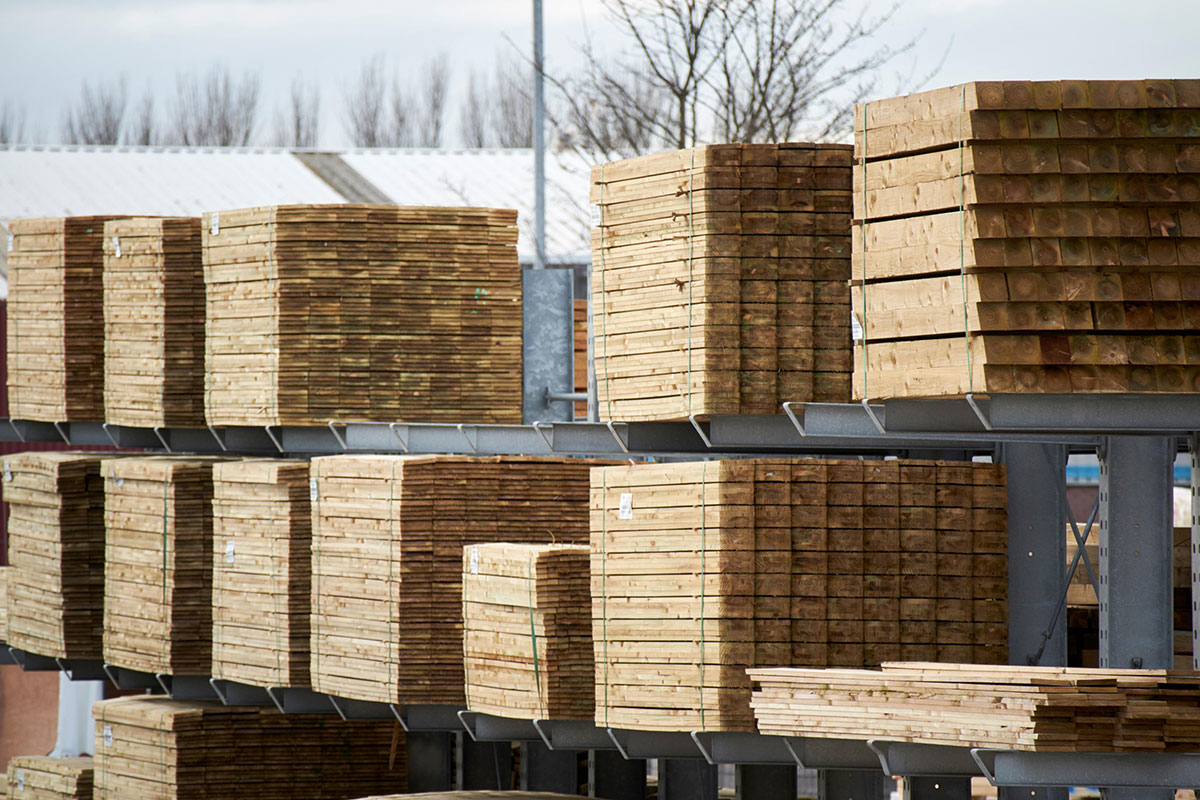
According to Mr White, the situation could have “a damping effect” on how much associations are able to build, especially since some of those lower costs played a part in the calculations for the most recent round of government grants.
“The prices factored into that thinking are now moving up quite sharply,” he explains. “So there is a question mark against whether those grant rates are sustainable, given the cost increases that we’re all suffering from.”
If landlords want to avoid mothballing projects, the best thing to do is work collaboratively with contractors from the outset and not let price dictate the choice of partner, according to Professor Francis.
“The key ways to mitigate the impact are to, firstly, collaborate with contractors, be open about the constraints and encourage them to be open about the cost rises,” he advises.
“Your instinct is to say, ‘No, we all entered into this with our eyes wide open.’ But you could inadvertently push somebody into administration by not working with them”
“Secondly, go with the best-value contractor, not the lowest-cost contractor. If the job is done properly first time, then it minimises costly, wasted rework.”
Flexibility required
At Optivo, Mr White agrees that landlords with big development pipelines will have to be flexible if they want to keep their programmes on track.
“I’ve had a number of contractors come to me and say: ‘Look, I know I entered into a fixed-price contract with you, [but] I would like some more money now, because we’re not making the money we thought we were going to and all the prices have gone up.’
“And that needs to be managed really carefully, because your instinct is to say, ‘No, we all entered into this with our eyes wide open.’ But you could inadvertently push somebody into administration by not working with them, so we will look carefully at a main contractor who comes to us with that kind of conversation, and it is a real judgement call.
“Particularly with small and medium-sized enterprises, it might come to the point where we will have to change terms to keep going on the site.
“In the long run, it’s about taking a pragmatic approach, rather than having someone going into administration and having to replace them at a far higher cost.”
In numbers
11%
Increase in insolvencies from Q4 2019 to Q4 2021
27%
Rise in building materials prices since before COVID-19
314
Number of firms that became insolvent in January
Tom Titherington, chief investment and development officer at Sovereign, says he has seen relatively few insolvencies among the contractors he works with, but adds he is “a bit surprised we haven’t seen a manifestation of the problem yet”.
However, the 60,000-home landlord benefits from developing most of its new build housing in profit-sharing partnership with contractors.
“It’s not a straight supply chain for us,” Mr Titherington says. “Even though there’s been cost increase, it’s been compensated for by the surge in demand. Housing demand and house price inflation have compensated for some of those costs. So if people have skin in the game, they can benefit from the upside.”
In the repairs and maintenance sector, one curious aspect of the current situation is that, although more firms are going bust, others are hiring more and more people. According to PfH’s Mr Butters, this is because work is becoming increasingly concentrated in high-value specialisms, particularly those associated with fire safety and net zero.
“We’re seeing a focus on higher-margin, harder skill set areas,” he explains, “And so, associated redundancies [from firms going bust] will be re-absorbed elsewhere in the sector.”
But for social landlords, this new focus brings more problems.
“What we’re seeing is an increase in disrepair claims,” says Mr Butters. “A lot of responsive work has been delayed and isn’t getting done. Housing associations are increasingly turning to the private sector to help them deliver, but the market is in turmoil at the moment and it is getting harder to find contractors to do those lower-skilled, lower-margin areas of work.”
Mr Butters does think the end of furlough, which meant contractors’ wage bills increased overnight, could account for some of the insolvencies the sector has suffered. However, that does not mean those who have survived are out of the woods. The energy crisis and war in Ukraine are likely to keep prices high and margins low for the foreseeable future.
“I suspect it’s going to continue in a similar vein for the next six months or so,” he concludes. “And the concern now is that the economic outlook for next year isn’t great either.”
Sign up for our development and finance newsletter
Already have an account? Click here to manage your newsletters
